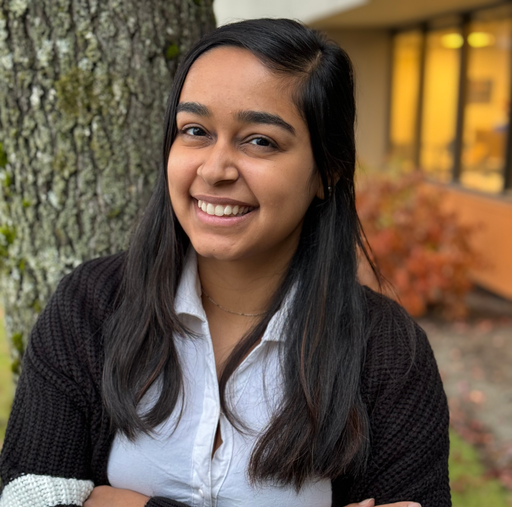Mission Possible: Leveraging Data for Otter Pup Rescue and Satellite Operations | Sam Sharma
About This Video
Sam Sharma, Satellite Systems Engineer, Starfish Space presents a Technical Talk at the 2024 WiDS Worldwide, Stanford conference.
The Starfish Space Otter Pup spacecraft, launched in June 2023, embarked on a pioneering mission for autonomous rendezvous, proximity operations, and docking (RPOD) using electric propulsion. Originally planned to accompany an orbital transfer vehicle (OTV), Otter Pup faced challenges due to an OTV anomaly, resulting in emergency separation and a high tumble rate. Recovery efforts lasting two months successfully stabilized Otter Pup with minimal power, followed by an investigation into spacecraft health and mission calibration. This presentation highlights the importance of efficient data collection, ground-spacecraft data pipelines, and analysis challenges in on-orbit testing and operations for spacecraft operations.
In This Video

Satellite Systems Engineer, Starfish Space
Talk Title: Mission Possible: Leveraging Data for Otter Pup Rescue and Satellite Operations
Abstract: The Starfish Space Otter Pup spacecraft launched on June 12, 2023 as a pioneering mission for autonomous rendezvous, proximity operations, and docking (RPOD) using electric propulsion. Initially, Otter Pup was intended to ride with an orbital transfer vehicle (OTV), separating a week later for its RPOD mission. However, an OTV anomaly during separation caused a high tumble rate at over 330 deg/s, prompting emergency separation of Otter Pup. Recovery efforts spanned two months, culminating in the successful stabilization of Otter Pup with minimal power. Subsequently, an investigation into spacecraft health and mission calibration commenced. This presentation highlights the efficient data collection, the data pipeline between ground and the spacecraft, and analysis challenges in on-orbit testing and operations, emphasizing their significance for spacecraft operations.
Bio: Sam focuses on testing and operations of space systems, mission design, embedded systems, machine learning, and science communication. She holds a B.S.E. in Aerospace Engineering with minors in Electrical Engineering and Multidisciplinary Design and earned her M.E. in Space Engineering, both from the University of Michigan. During university, she led the science and systems engineering teams for the MiTEE cubesat mission, worked on machine learning algorithms at SSAI – NASA Goddard through an internship, and actively mentored in various STEM organizations, including teaching robotics to high school students.

